



Since 2012, the Centre for Virtual Reality and Visualisation – or V2C for short – has been supporting researchers to visualise data and bring research results into the spatial words of augmented, virtual and mixed reality (AR, VR, MR).
Visualisation is the art of illustrating complex data structures so that researchers and all of us can better understand them. Images of the largest interstellar turbulence to date, an astonishing visualisation of the blood flow in arteries and veins, the VR applications on the history of the planet or hydrology in Bavaria as well as new approaches to environmental communication using Augmented Reality: Since 2012, we have been working with scientists and students of the natural sciences and humanities to produce groundbreaking results. Our V2C team combines experience, knowledge, state-of-the art software and hardware technologies and passion.
Immerse yourself in fascinating digital worlds: Explore an ancient Babylonian villa in impressive detail, experience an interactive simulation of a quantum computer or float with us through breathtaking baroque ceiling paintings - let this video give you an impression of our work.
We provide state-of-the-art hardware and software as well as knowledge in the fields of visualisation and visualisation technologies and support research at the highest international level. Not only do we use our expertise in the fields of visualisation, virtual and augmented reality to support researchers, but we also pursue our own research and implement visualisation projects in collaboration with scientists.
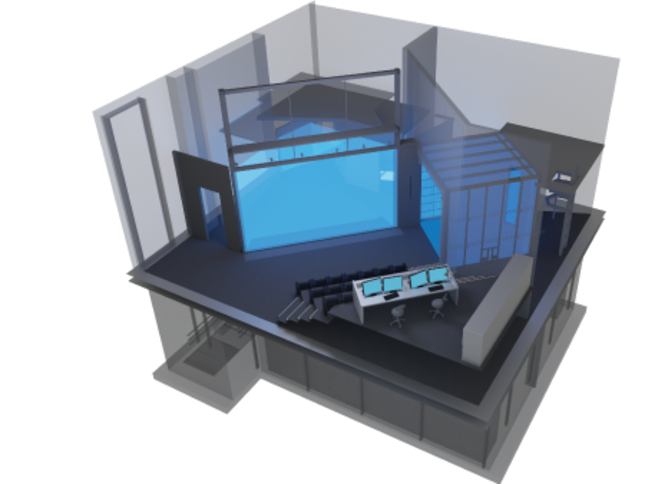
The use cases for virtual reality and scientific visualisation are diverse: from psychology and medicine to fluid mechanics, the visualisation of art objects and much more.
At the LRZ, we have the right hardware and software for many application cases and make various visualisation options available to users. We work together to determine which visualisation and technology is best suited to which application. The quality of the data or the possibilities of the interaction are only two of the factors that determine the interplay between hardware, software and excellent results.
Sharper images, brighter colours, higher resolution: The LED cave at the LRZ takes the shape of an open 5-sided cube and has consisted entirely of LED panels since 2023. It provides researchers with a higher resolution and significantly improved image quality, as well as greater reliability and simpler use than the previous projector-based system.
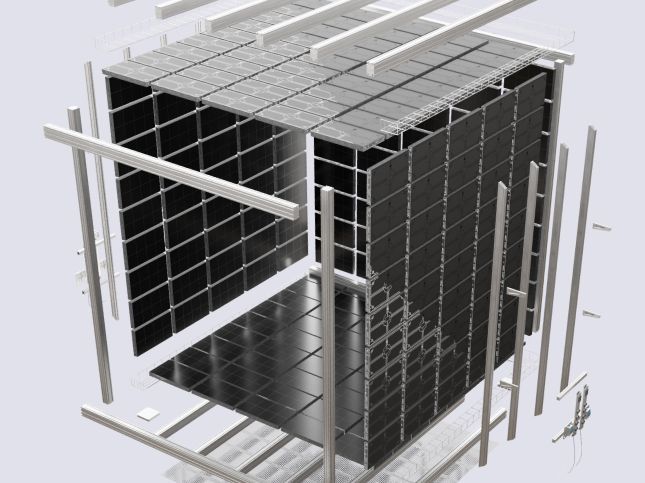
That cinema feeling in a league of its own: The Powerwall uses 4k projectors to produce high-quality images. What is especially helpful for researchers is the projection is from the rear, which avoids shadows being cast when viewing the scientific data.
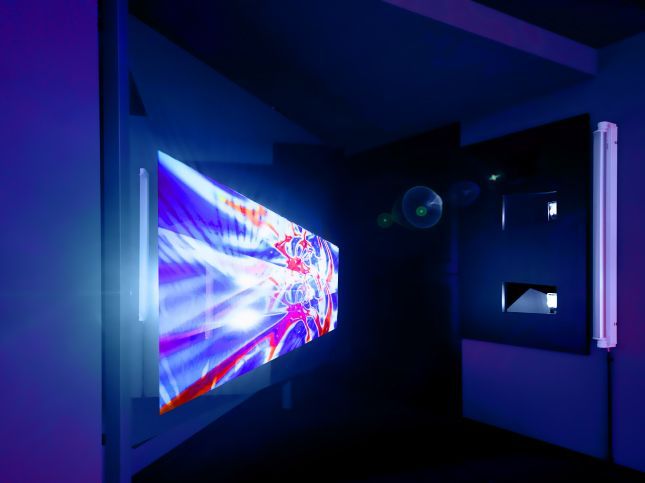
The 3D LED display is the finishing touch the high-end hardware infrastructure in the V2C. Excellent brightness and contrast values amaze visitors even in daylight.
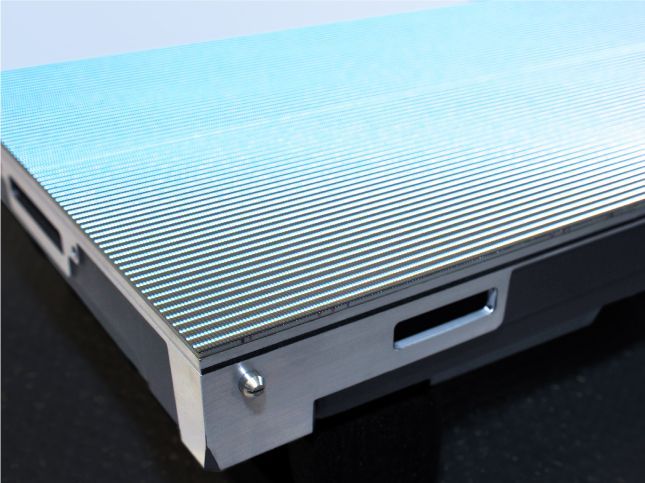
Which software is the right one to visualise my scientific data? We offer and support a selection of different programs, including Amire and EnSight.
For the first time since the coronavirus pandemic, the LRZ is once again hosting an Open Lab Day at the Centre for…
Over the last decade the CompBioMed Centre of Excellence worked on the Virtual Human, a digital twin of an individual…
16 rooms on two floors, sophisticated sewage installations and even a bathroom with a lowered drain: together with…

Head of V2C
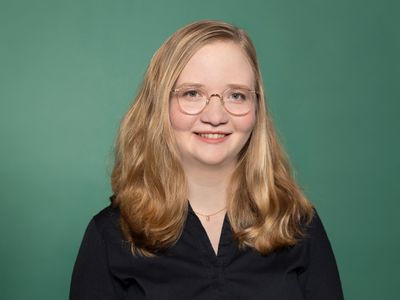
VR Researcher and Project Manager

Development & Operations Video Services

VR Public Relations

Senior Research Scientist

Research VR & Visualisation

Development & Operations Video Services

VR Specialist

VR specialist
Do you need support with your VR project or are you looking to work with us to explore the possibilities of VR experiences?
